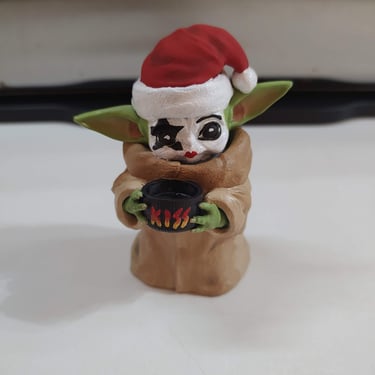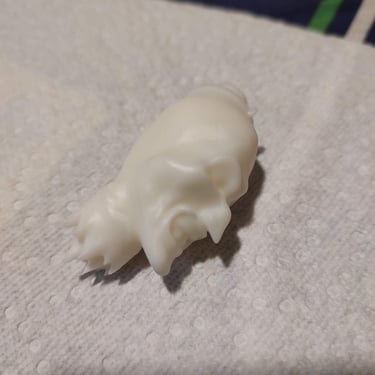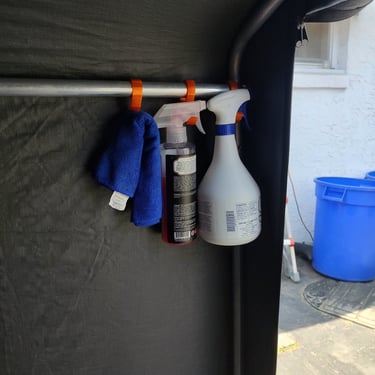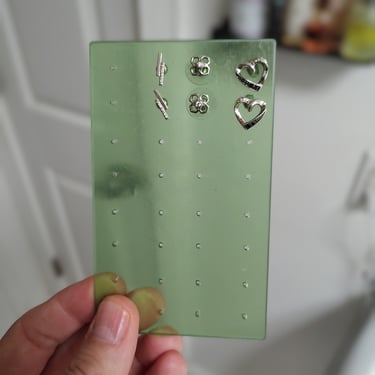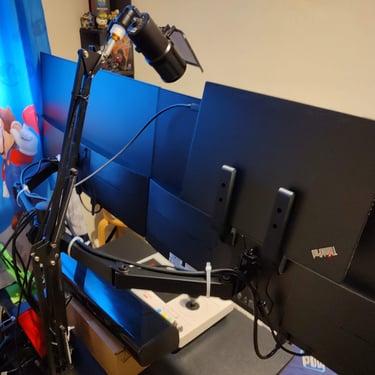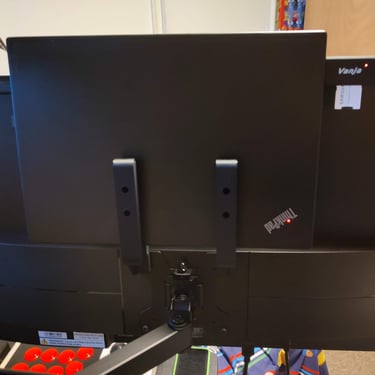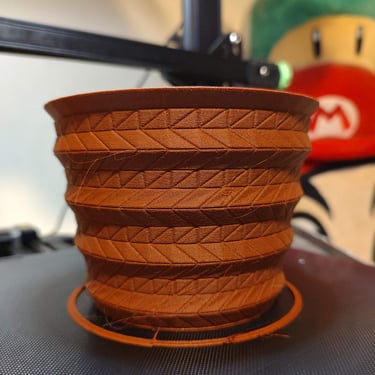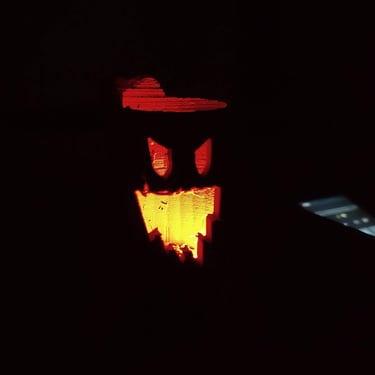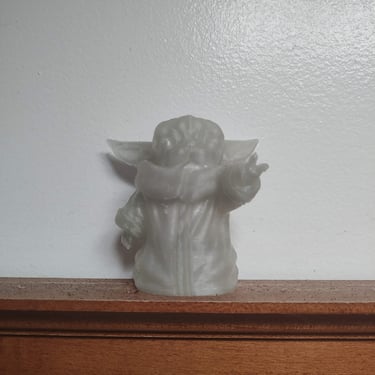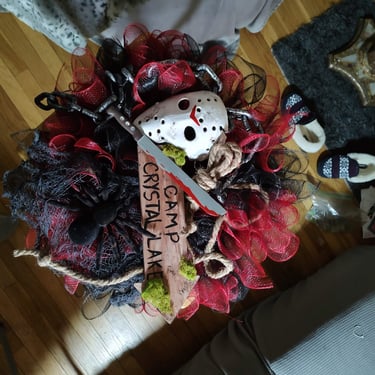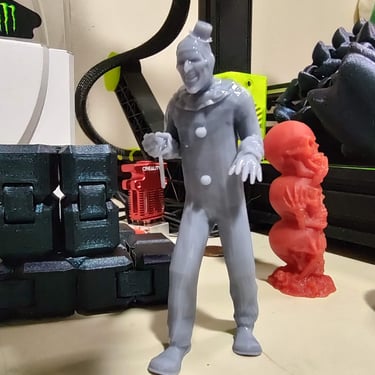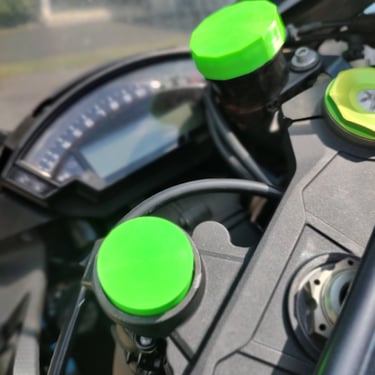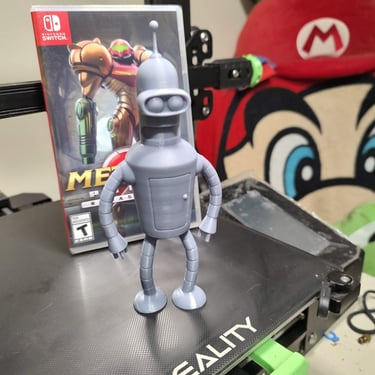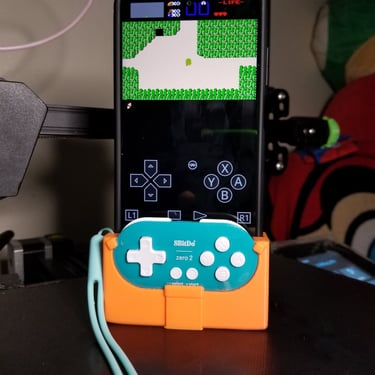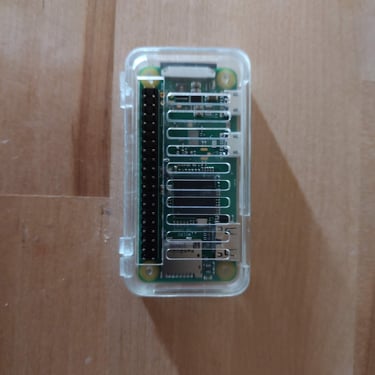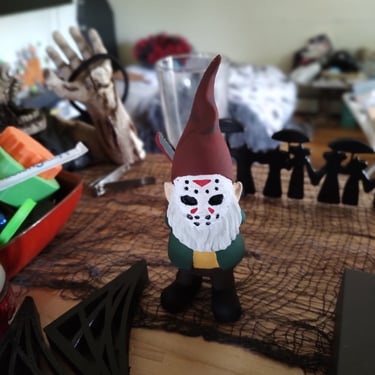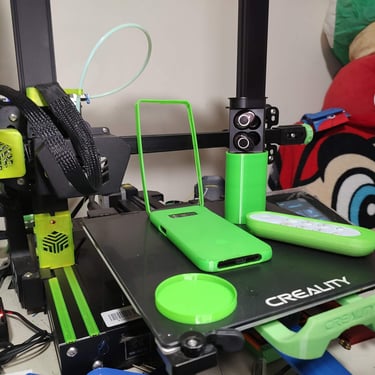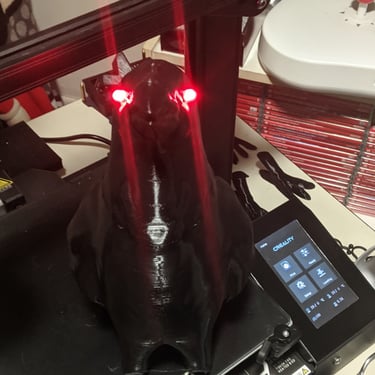My Journey Into 3D Printing: From Curiosity to Custom Creations
Tinkering, Troubleshooting, and Turning Ideas Into Reality—One Layer at a Time
William
5/10/20254 min read
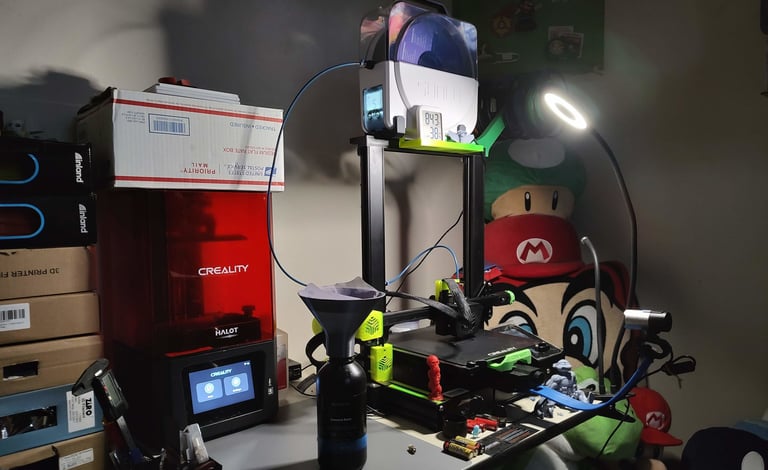

For years, I had wanted a 3D printer. The idea fascinated me, but I never fully understood the true potential until I finally owned one—and started tinkering. (Honestly, I still probably haven’t scratched the surface of what’s possible.)
⏳ The Spark: August 2021
It all started during the work-from-home era in August 2021. With my home office fully set up, I figured it was the perfect time to finally jump into 3D printing. After all, I could babysit prints between support tickets.
I spent days researching models on Microcenter’s website, going back and forth between options. I talked to Monica constantly about it—she patiently listened to me overanalyze every spec and review. The one thing holding me back wasn’t money—it was indecision. Eventually, I landed on the Creality CR-6 SE. It was a bit more expensive than the ever-popular Ender 3, but the auto bed leveling feature sold me. (Which, at the time, I didn’t even understand, but it sounded magical.)
🎉 My First Print: Toad from Super Mario
The night I brought the printer home, I assembled it in no time—the CR-6 SE is pretty user-friendly. I installed Cura, sliced my first file, and hit “Print.” Watching Toad from Super Mario appear layer by layer was surreal. Even though G-CODE isn’t exactly new technology, seeing it in action felt futuristic.
Within a month, I was completely obsessed. I spent every spare minute printing, troubleshooting, tweaking settings, and learning new tools. I quickly learned what every 3D printing enthusiast eventually discovers: it’s a rollercoaster of Fun + Frustration—what I now call Funstration.
🧪 Lessons in Failure (and Upgrades)
My first printer had a factory defect—classic under-extrusion issues. But once I returned it and got a working unit, I was hooked all over again.
I dove headfirst into the ecosystem:
Watched hours of YouTube content from creators who explained everything from bed leveling to filament drying.
Discovered TinkerCAD, a super beginner-friendly CAD tool that made designing my own models way less intimidating.
Installed OctoPrint on a Raspberry Pi 4 to control my printer from any device.
Upgraded to an all-metal extruder, better PTFE tubing, and a SUNLU filament dryer (which I cleverly mounted on top of the printer using custom-printed feet to save desk space).
🧠 Learning by Printing for Others
One of the best parts? Bringing prints into the office. People were amazed, and soon I was printing little gadgets and tools for coworkers. Their requests pushed me to learn more, try new materials, and optimize designs. Every print was a mini project, and every request was a new challenge.
🎁 Enter the Resin Era
For Christmas 2022, Monica got me a Creality Halot-One resin printer. I assumed it’d work like my FDM printer—same slicer, same OctoPrint setup. Nope.
Resin printing has its quirks. The slicer is different. The mobile app sends prints over Wi-Fi. Leveling the bed is precise, resin is messy, and the post-processing? Tedious—but worth it.
Eventually, I dialed in my settings, found my favorite resin brand, and built my own wash and cure stations. I even picked up a UV flashlight for detail curing. Now, both my printers sit side-by-side on my desk, often running simultaneously.
🛠️ 3D Printing That Solves Real Problems
This wasn’t just a hobby. I began designing custom parts for real-world use:
Custom garage hooks for our Honda Navis, designed with digital calipers and TinkerCAD, to neatly hang cleaning and maintenance supplies like rags and spray bottles—helping us make better use of the limited space inside our pop-up garage.
A Projector Mount for our gazebo.
Replacement parts for veterinary equipment at Monica’s clinic that are no longer manufactured.
I even created a workflow where I scan 2D shapes, trace them in GIMP, convert them in Inkscape, and import them into TinkerCAD to bring flat objects to life in 3D.
Monica is a talented crafter, especially with her Cricut cutter. She loves making seasonal decorations, and Halloween wreaths are her specialty. She’s asked me to 3D print things like Jason Voorhees masks, Ghostface, pumpkins, and other spooky elements to add a custom touch to her creations. It's been a fun and creative crossover between our hobbies.
And of course, I couldn’t resist using 3D printing for my motorcycle. I’ve designed several small, functional parts for my Kawasaki ZX-10R:
A custom TPU ignition cover to keep water out after replacing the original ignition (which failed from repeated water exposure).
A gas tank lock cover, also in TPU, to prevent the same water damage issue from happening again.
A UV-protective cap for the brake reservoir to match the bike’s color scheme and prevent fading on the original cap.
None of it’s flashy, but every piece solves a real problem—and looks pretty slick doing it.
🎉 Bonus Tech: The 3D Scanner
For my birthday in 2023, Monica gifted me a Creality Ferret 3D Scanner. It’s a slick tool that lets me capture real-world objects and digitize them. My phone doesn’t play well with it, so for now I’m using my laptop—but as soon as I upgrade, that scanner’s getting a lot more use.
🧩 Final Thoughts
Getting into 3D printing was one of the most fulfilling things I’ve done in tech. It combined my love of hardware, software, creativity, and problem-solving. From failed prints to custom gadgets, this journey has been a perfect mix of Funstration, experimentation, and real-world usefulness.
If you’re on the fence about getting a 3D printer—do it. You’ll not only learn a ton, but you might just start seeing the world differently: not as a set of limitations, but as things you can fix, build, or improve yourself.
